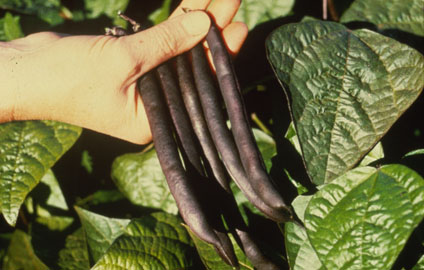 Self- sufficiency: save on food bills and ensure a higher quality and healthier diet for you and your family.
Self- sufficiency: save on food bills and ensure a higher quality and healthier diet for you and your family.
Learn to be self sufficient with your food.You learn about nutrition and how to balance your diet, as well as how to produce, process, store, and use different types of food. This includes berries, nuts, milk, cheese, eggs, bread making, preserves, & dried food. Cooking, freezing, drying, bottling, making bread, planning a vegetable garden to give produce all year round, and lots more are covered during the ten lessons.